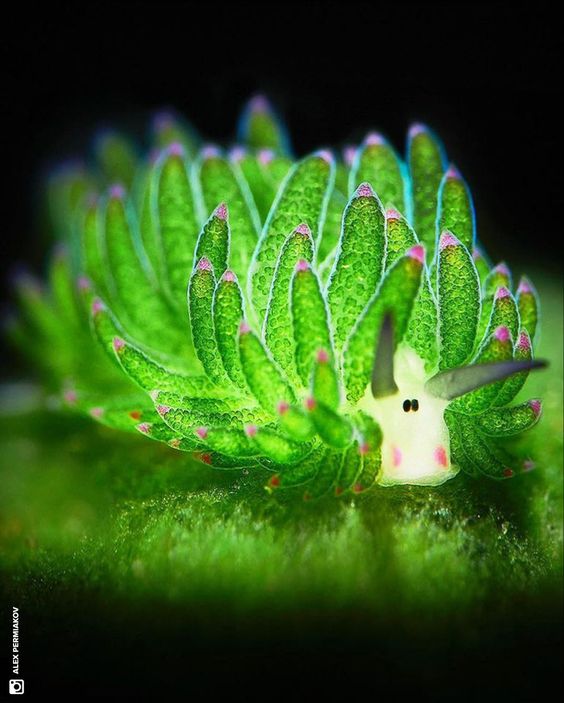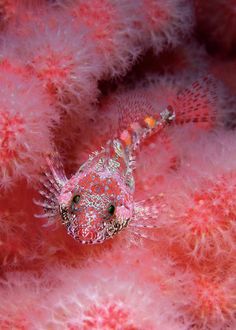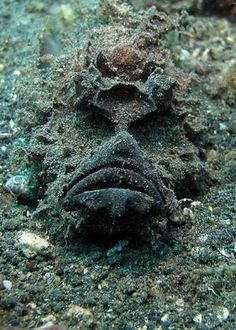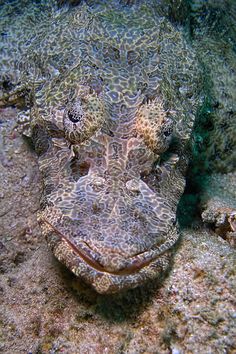The Fascinating World of Marine Animal Camouflage: Mastering the Art of Concealment
In the vast expanse of the ocean, survival often hinges on the ability to hide from potential predators or ambush unsuspecting prey. Marine animals have evolved an incredible array of camouflage techniques to blend seamlessly into their surroundings. This remarkable adaptation allows them to remain hidden and elusive, providing them with a significant advantage in the relentless struggle for survival. In this article, we will delve into the captivating world of marine animal camouflage and explore the various strategies they employ to stay away from their enemies.
Adaptations for Concealment:
Color Matching: Many marine animals possess the ability to change their skin or body color to blend in with their environment. This adaptation, known as chromatic camouflage, enables them to match the hues and patterns of surrounding rocks, corals, or seaweed. For example, the mimic octopus can change its color and texture to imitate a wide range of marine creatures, effectively disguising itself from predators.
Disruptive Coloration: Disruptive coloration involves the use of bold, contrasting patterns and markings to break up an animal’s body shape. This technique makes it difficult for predators to identify them as distinct individuals. Species like the zebra fish and the cuttlefish employ this strategy by displaying intricate patterns that confuse potential predators, providing them with a chance to escape.
Transparency and Reflectivity: Some marine animals have evolved transparent bodies or tissues, allowing them to blend with the surrounding water. The glass octopus and certain species of jellyfish are excellent examples of animals that possess transparency as a camouflage adaptation. Additionally, reflective scales or skin cells, as seen in certain species of fish and crustaceans, can scatter light and create an illusion of invisibility, making it harder for predators to detect them.
Mimicry: Many marine organisms mimic their surroundings or other creatures to evade predators. For instance, the leafy seadragon resembles seaweed or floating debris, making it almost indistinguishable from its environment. Similarly, the stonefish has the remarkable ability to mimic rocks or corals, blending seamlessly with its surroundings and effectively ambushing unsuspecting prey.
Camouflage Through Behavior: Some marine animals employ behavioral camouflage to avoid detection. For instance, the flounder is a master of blending in with the sandy ocean floor by burying itself partially and adjusting its body color and pattern. By remaining motionless, it becomes nearly invisible to both predators and prey.
The world beneath the ocean’s surface is a mesmerizing realm of remarkable adaptations, where marine animals have honed their camouflage skills to perfection. From color-changing abilities and disruptive patterns to transparency and mimicry, these creatures employ a wide range of strategies to stay hidden from enemies. Through millions of years of evolution, they have developed an intricate arsenal of camouflage techniques that allow them to thrive in their aquatic habitats. The camouflage of marine animals is not only a testament to their incredible adaptability but also a fascinating reminder of the diverse and awe-inspiring wonders of nature.
Hits: 8











